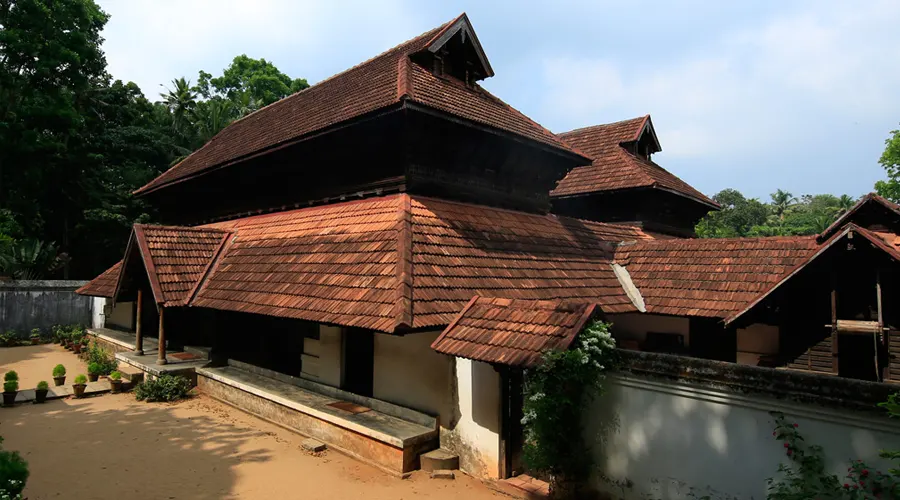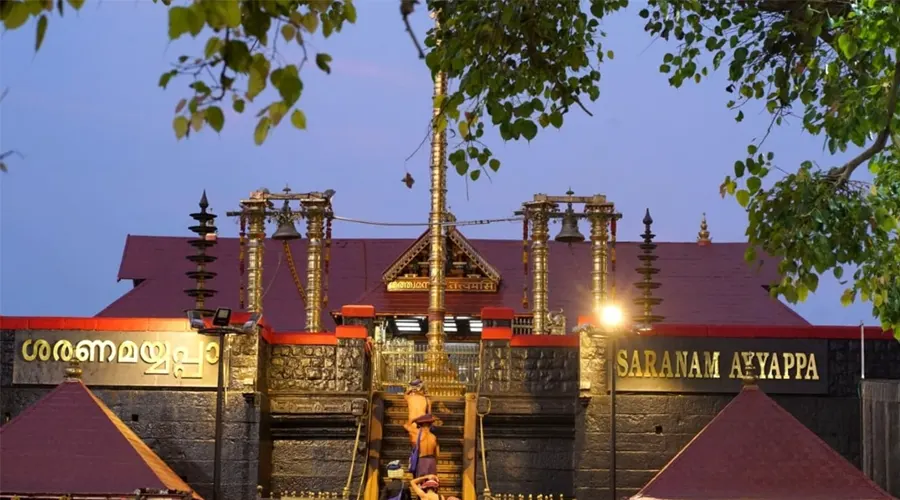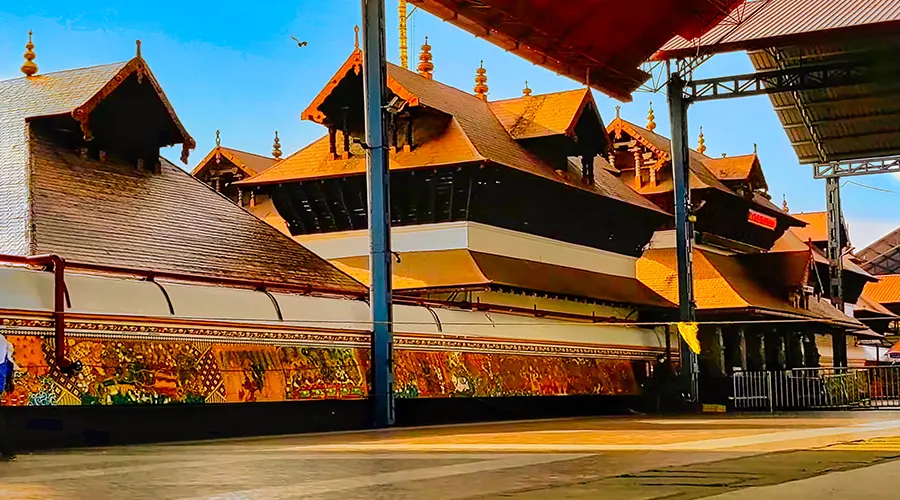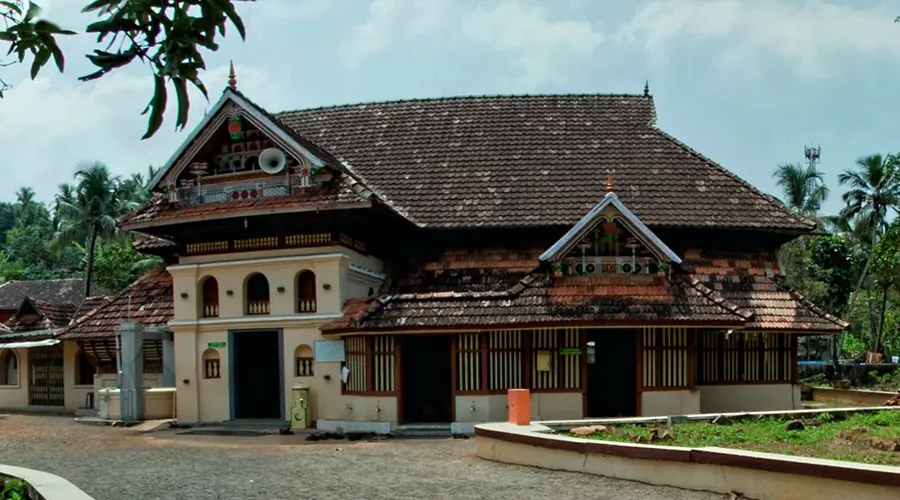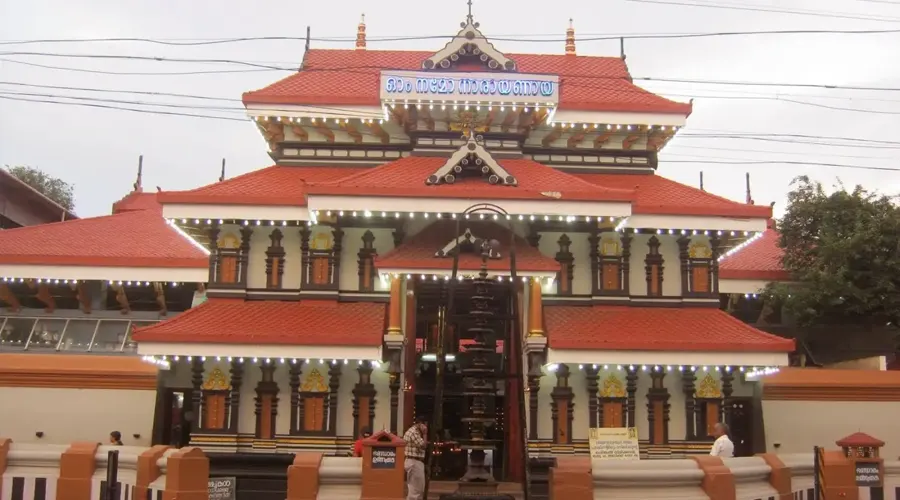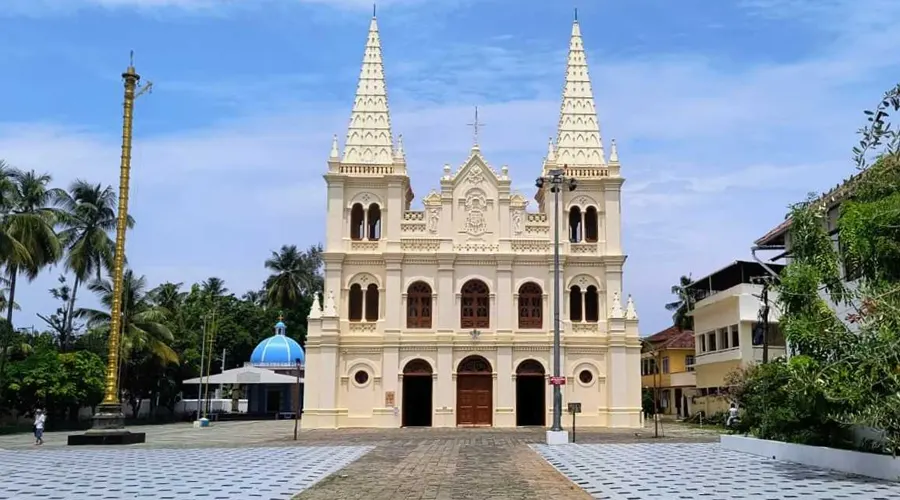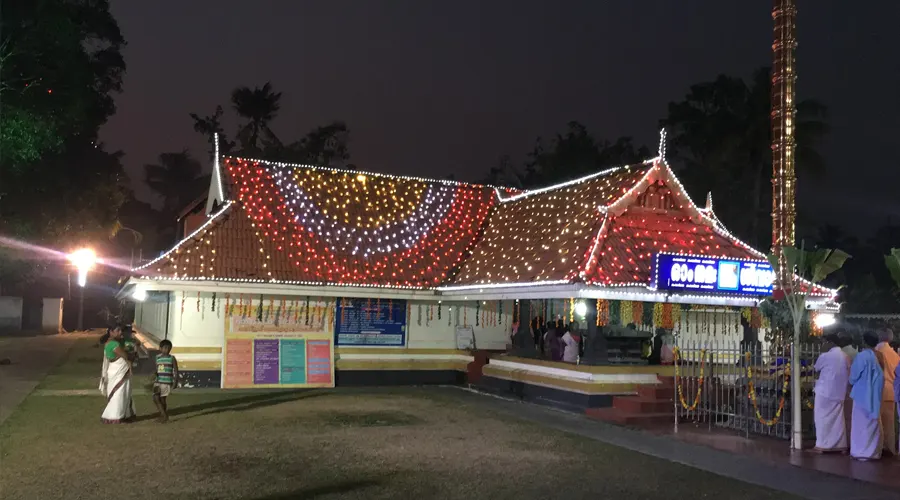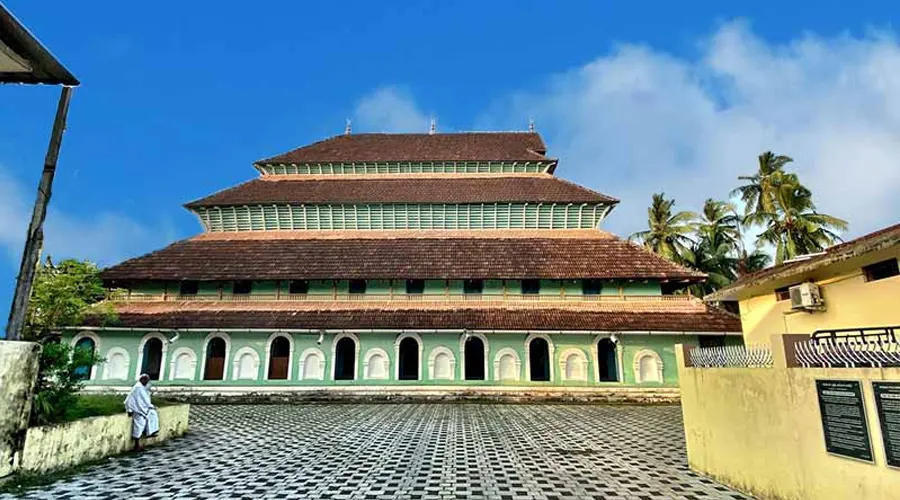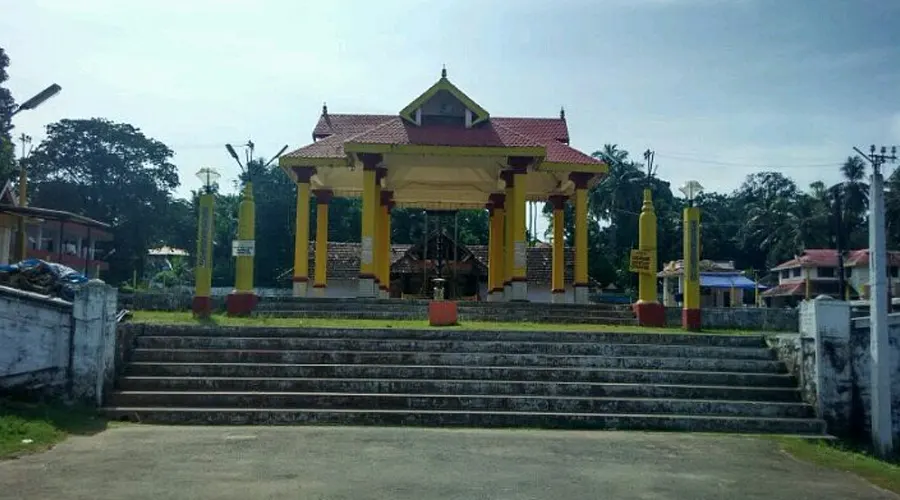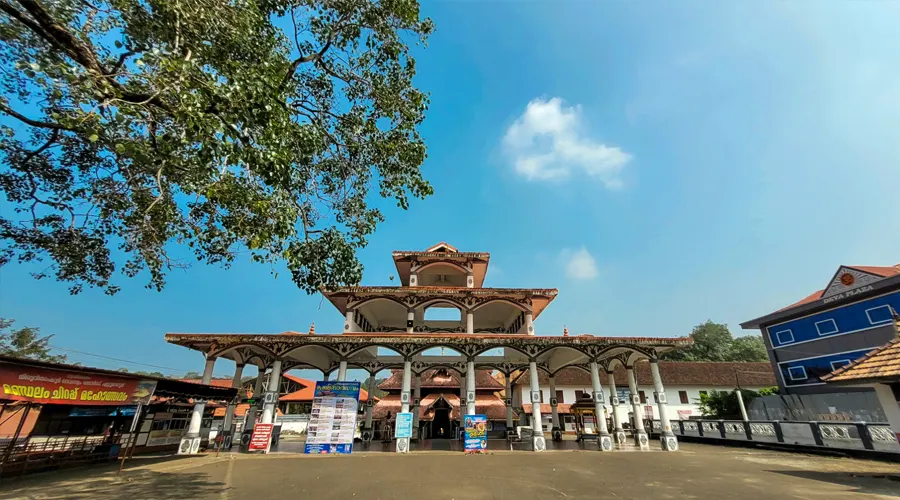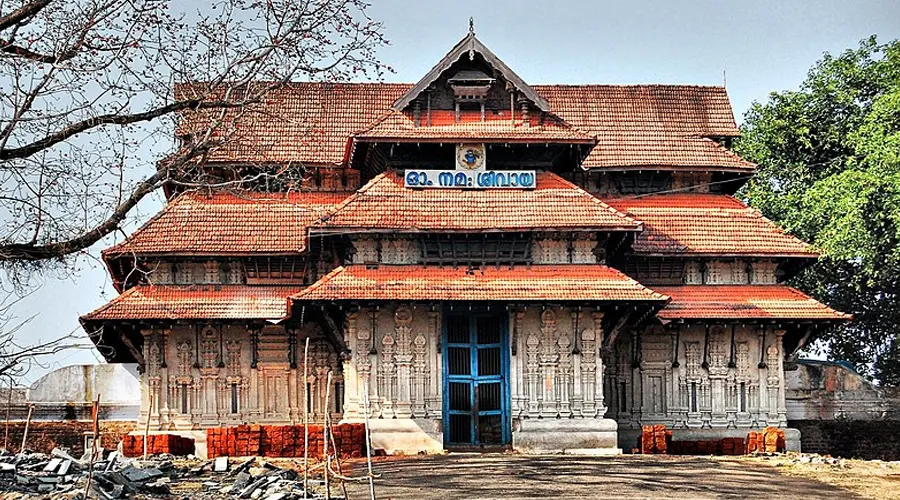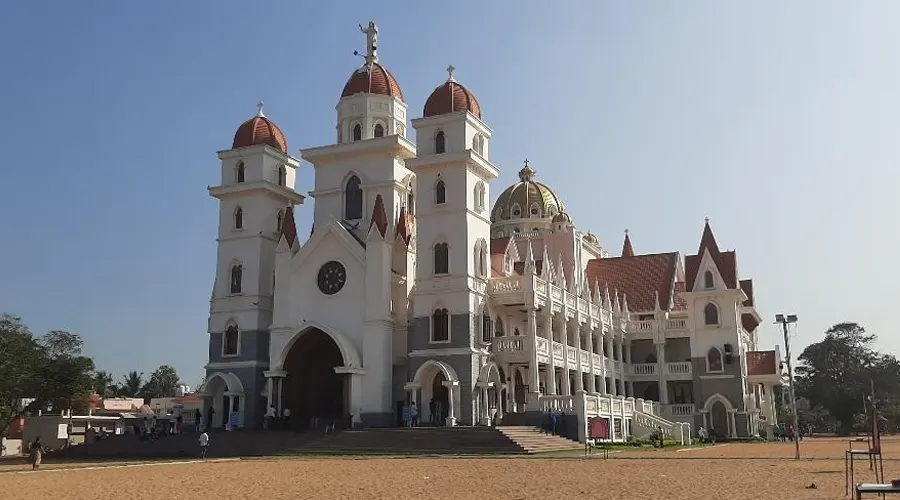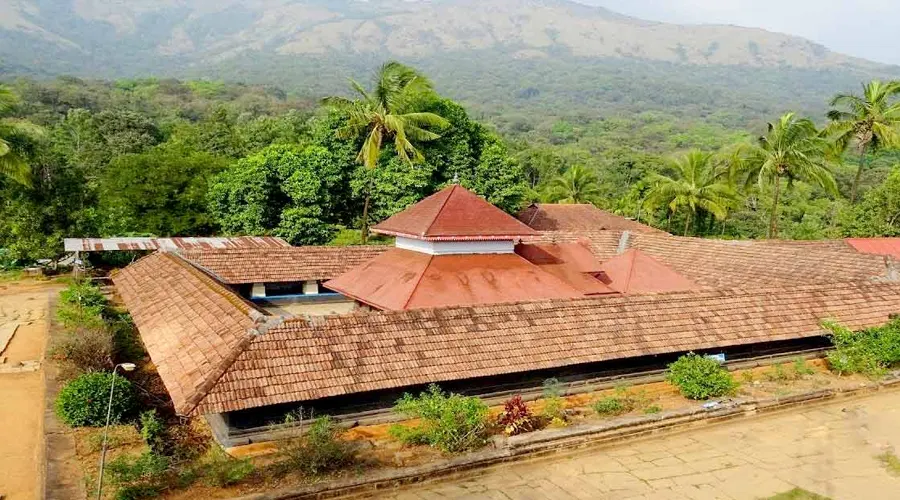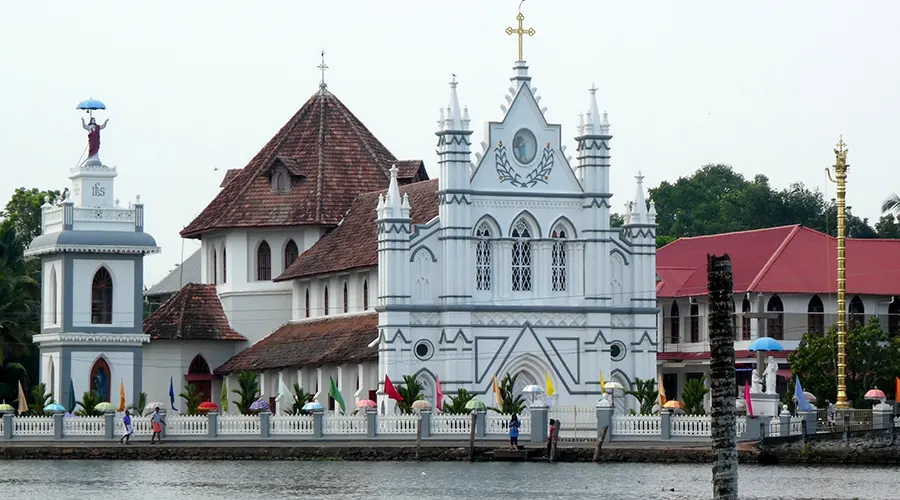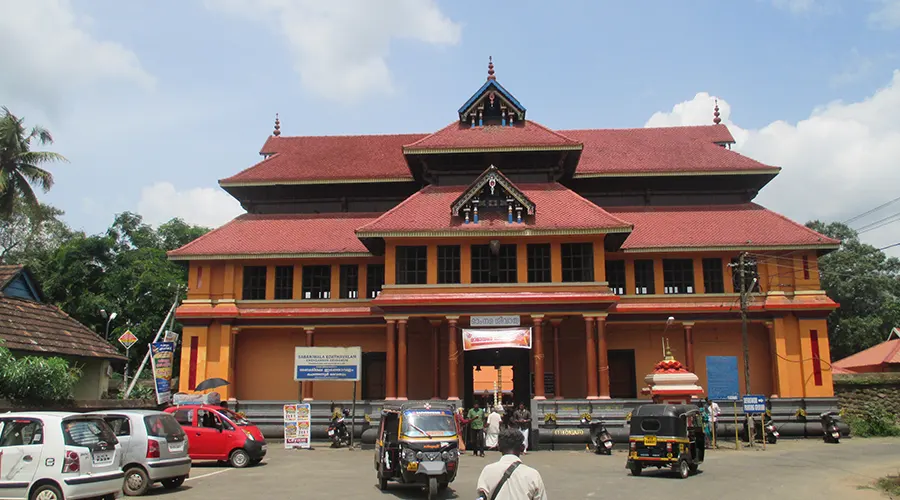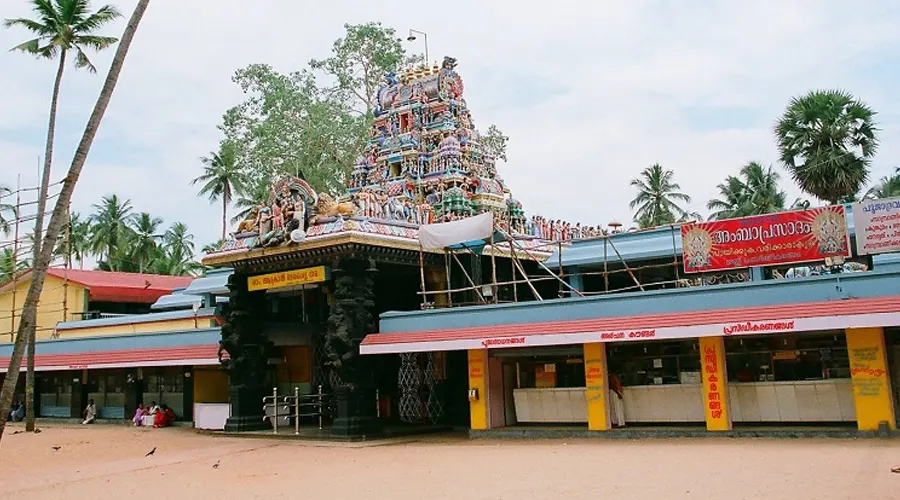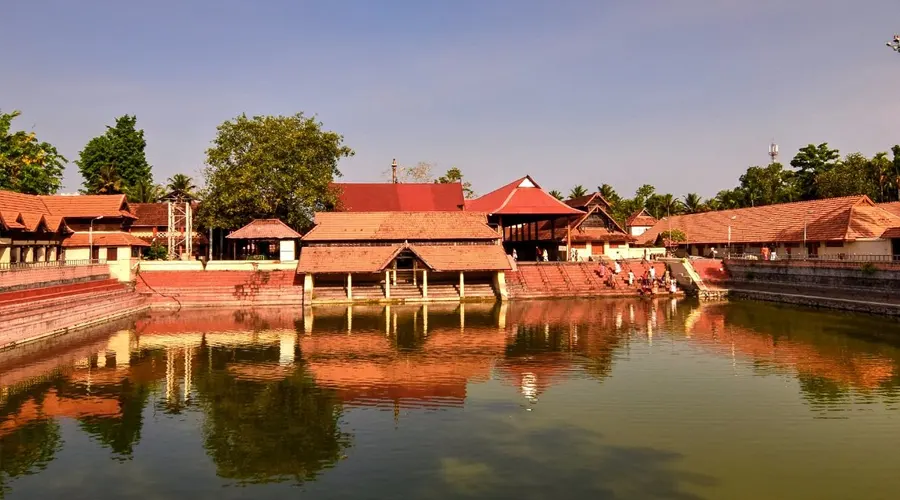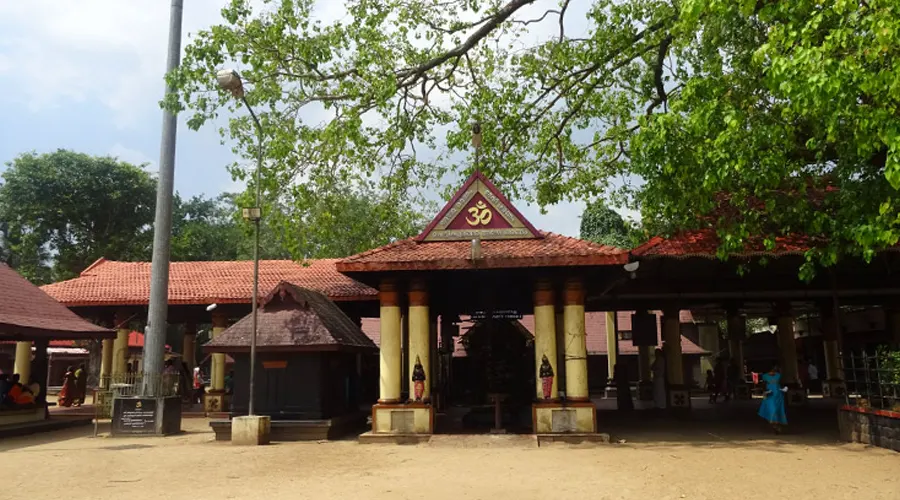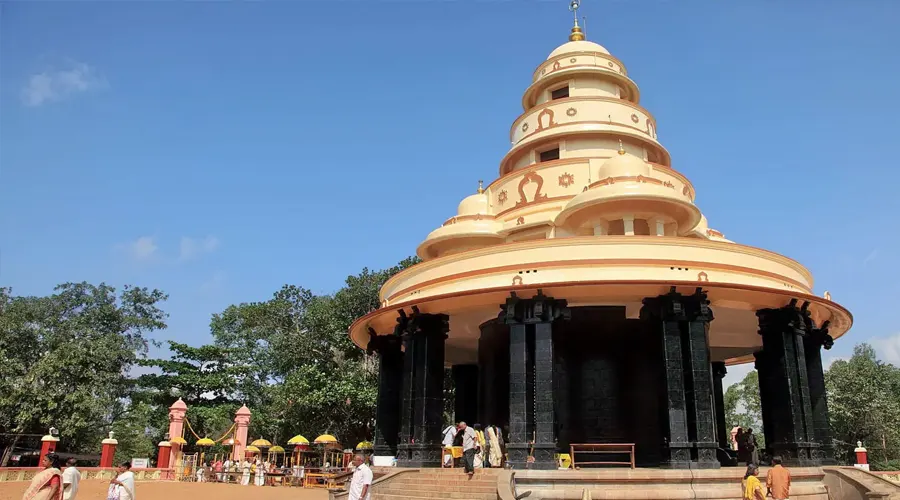Krishnapuram Palace
The Krishnapuram Palace is a palace and museum that is located in Kayamkulam, at a distance of 47 km from Alappuzha. This magnificent palace was built during the reign of a Travancore King, Anizham Thirunal Marthanda Varma, and is well known for its mural paintings and architecture.
The palace is built in the traditional architectural style of Kerala, with a gabled roof, narrow corridors, and dormer windows, and is close to the Krishnaswamy Temple at Krishnapuram.
A major attraction of this place is that it houses one of the biggest mural paintings that can be found in all of Kerala. Known as the 'Gajendra Moksha', this mural painting covers an area of around 53 square feet and has a rich historical value attached to it. The double-edged sword Kayamkulam Vaal can also be found here. The Krishnapuram Palace is currently maintained by the Archaeological Department of Kerala and contains a variety of exhibits that once belonged to the Palace and its former occupant.
History of Krishnapuram Palace
The Krishnapuram Palace was built by King Marthanda Varma of Travancore after he had successfully defeated and annexed Odanad in the Odanad–Travancore War of 1746. King Marthanda Varma initially built only a small palace of a single story.
This opulent palace was locally known as Ettukettu and was built in the traditional style with an adjacent pond, temple, and urappura, under the management of Prime Minister Ramayyan Dalawa. This one-storey structure was later on enlarged by Prime Minister Ayyappan Marthanada Pillai.
The present building, however, is a magnificent three-storied structure within the compound. This building was renovated in the 1950s by the Archaeological Department of Kerala, which gave the building a modern look, but at the same time conforming to the specified scientific techniques that have been prescribed for the protection of heritage buildings. As a protected monument, the Krishnapuram Palace houses the Archaeological Museum and its various offices.
Architecture of Krishnapuram Palace
Covering an area of about 1.5 acres, the Krishnapuram Palace is truly an unrivaled marvel of construction. The stately palace is a perfect example of the Kerala style of architecture and follows the Vastushastra doctrine of 16 kettu or enclosures. Due to the presence of these enclosures, the palace also includes four quadrangular structures, which give way to four Nadumuttam or inner patios.
A new life was breathed into this glorious palace in the 18th century when it was refurbished. The reconstructed palace consists of narrow corridors, a low ceiling, dormer windows, a gabled roof, meandering staircases, patios, and projecting balcony windows. Laterite stones, rubble, teak, rosewood, and Angeliwood have gone into the construction of this lovely palace.
The beauty of the structure is further accentuated by the Mangalore tiles on the roofs, while the straight, curved, and spiral staircases further enhance the palace's aesthetic appeal. A unique feature of this striking palace lies in the carpentry skills involved. Instead of metallic fixtures, the palace consists of wooden hinges and locks for doors and windows.
The Krishnapuram Palace is not just a single building but is rather an entire complex that houses many other buildings, which are a combination of traditional and Western architecture. The complex also has a huge pond, which is believed to contain an underground secret escape passage.
The palace is situated on the top of a small hill and is surrounded by a terraced garden with fountains, ponds, and lawns. Other attractions here include the beautifully landscaped garden in the palace compound that is home to a variety of flora, and a newly erected Buddha Mandapam, which houses a recently recovered statue of Lord Buddha.
The Krishnapuram Palace was recently renovated again following the scientific techniques that are prescribed for the protection of heritage buildings and continues to be a rare specimen of the Kerala style of architecture that has survived to date.
Archaeological Museum at Krishnapuram Palace
The Krishnapuram Palace complex now functions as an archaeological museum and is a treasure trove of numerous ancient paintings and inscriptions. Stone and wood sculptures, copies of Mural paintings, coins, megalithic remains, stone inscriptions, and other such historically and archaeologically important objects are preserved and protected in this museum.
The prominent displays in the compound that are worth mentioning are the mural of Gajendra Moksham, Kayamkulam Vaal, and a 10th-century statue of the Buddha. The walls of the resplendent palace are decorated with the mural painting of Gajendra Moksham, which is the largest mural found in Kerala.
The mural covers a total area of 49 square meters and depicts an elephant seeking salvation and saluting Lord Vishnu, with the other gods and goddesses looking at the elephant. It is widely believed that since Lord Vishnu was the family deity of the Travancore rulers, the painting was put up at the entry gate of the palace.
This was done to ensure that the painting remained visible from the pond whenever the rulers took a bath so that they could worship the Almighty directly. The Kayamkulam Vaal is another important exhibit that is found here. This sword is more dangerous than any other martial weapon since both sides of the sword are sharpened, that is, the sword is double-edged.
The museum also has a copy of the Bible in Sanskrit, ceremonial utensils, and beautiful miniature figures among other artefacts.

